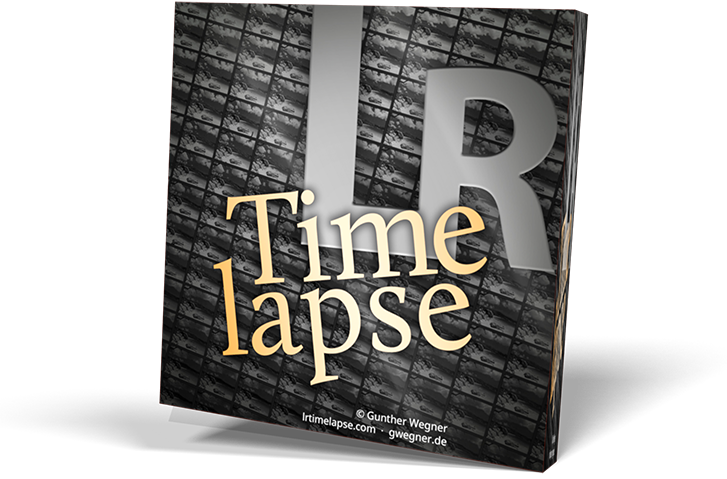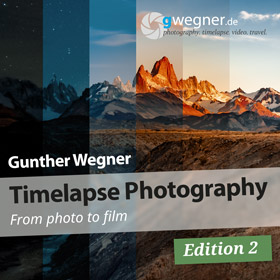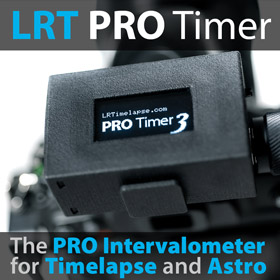Posts: 48
Threads: 8
Joined: May 2015
An other test, same place, nearly same settings as before but for on a day to night timelapse this time. Didn't really edit too much the sequence as I was not really happy with it (too underexposed so I can't really get things back as I wanted and didn't like the sky cut in half on the night part), so I don't even delete the paragliders. But it's a good exemple for high dynamic range ETTR and the problems that you can find in those conditions.
[Video: https://www.youtube.com/watch?v=jH7kHFKfrFc]
Gear :
Camera : Canon 550D/T2i
Lens : Canon EF-S 10-18 mm f/4,5-5,6 IS STM
Tripod : Manfrotto 055XPROB
Head : Manfrotto 804RC2
Camera and Lens Parameters :
Focal Length : 12mm
Aperture : f/5.6 (could have gone wide open, but wanted to test better sharpness like you can see here on the sharpness - field map tab)
Maximum ISO : 1600 (1600 is not good on a 550D, will stick with ISO 800 later)
Image Review : On, 2sec
Parameters in Magic Lantern
Interval : 7sec
ETTR Parameters :
- Trigger Mode : Always On
- Slowest Shutter : 2 sec
- Exposure Target : -0.5EV
- Hightlight Ignore : 0.5%
- Midtone SNR Limit : 6 EV (default value)
- Shadow SNR Limit : 2 EV (default value)
- Link to DUAL ISO : OFF
Here is LRTimelapse luminance curve before editing :
Reference set to all picture

Reference set to the botton part (it's way too dark)

LRTimelapse did a really great job deflickering it (as always).
With those settings, the highlights are not clipped (only 0.5%) but the foreground is too underexposed and gets noisy really fast when you want to edit it (you can see it on the start and the end of the sequence). The video is also speed up 2x. On the next exemple that will come soon (not fully edited yet), I went to a 14" interval to win some stops before the ISO start moving up and I adjusted the Midtone and Shadow SNR limit to get more light on these areas (but loose some hightlights).
[Video: https://www.youtube.com/watch?v=jH7kHFKfrFc]
Gear :
Camera : Canon 550D/T2i
Lens : Canon EF-S 10-18 mm f/4,5-5,6 IS STM
Tripod : Manfrotto 055XPROB
Head : Manfrotto 804RC2
Camera and Lens Parameters :
Focal Length : 12mm
Aperture : f/5.6 (could have gone wide open, but wanted to test better sharpness like you can see here on the sharpness - field map tab)
Maximum ISO : 1600 (1600 is not good on a 550D, will stick with ISO 800 later)
Image Review : On, 2sec
Parameters in Magic Lantern
Interval : 7sec
ETTR Parameters :
- Trigger Mode : Always On
- Slowest Shutter : 2 sec
- Exposure Target : -0.5EV
- Hightlight Ignore : 0.5%
- Midtone SNR Limit : 6 EV (default value)
- Shadow SNR Limit : 2 EV (default value)
- Link to DUAL ISO : OFF
Here is LRTimelapse luminance curve before editing :
Reference set to all picture
Reference set to the botton part (it's way too dark)
LRTimelapse did a really great job deflickering it (as always).
With those settings, the highlights are not clipped (only 0.5%) but the foreground is too underexposed and gets noisy really fast when you want to edit it (you can see it on the start and the end of the sequence). The video is also speed up 2x. On the next exemple that will come soon (not fully edited yet), I went to a 14" interval to win some stops before the ISO start moving up and I adjusted the Midtone and Shadow SNR limit to get more light on these areas (but loose some hightlights).






